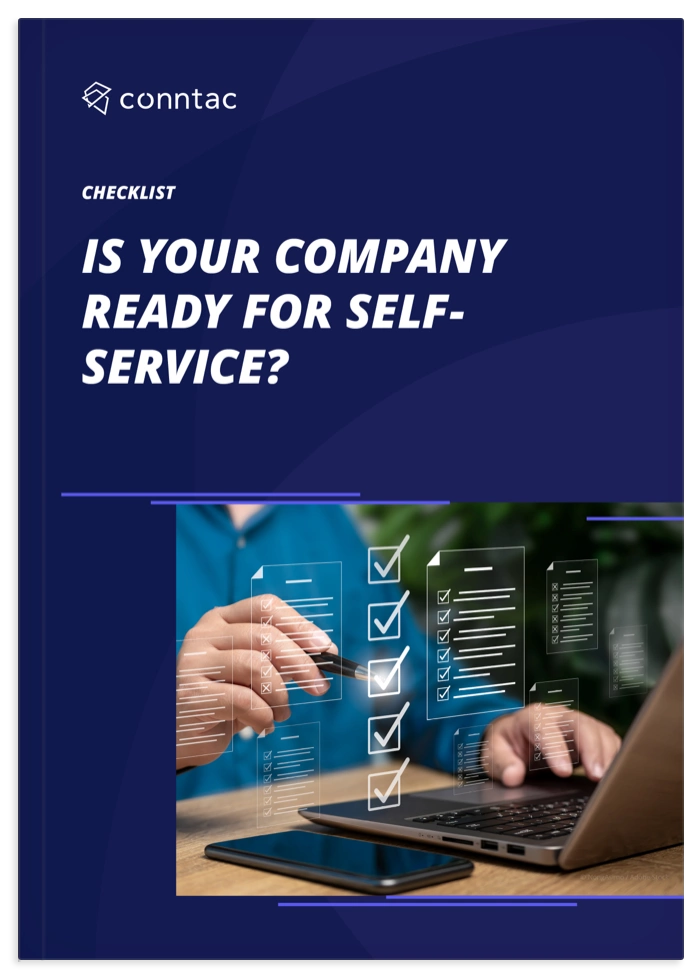A full 90 % of respondents to a representative study by the Answers company Yext would like to find information about products and services on their own. Customers also prefer to solve their concerns and problems on their own instead of contacting customer service. Zoomers and millennials in particular belong to this target group. Further interesting findings of the study and which innovative customer self-service solution can meet these requirements – this is what this blog post is about.
Customers want to solve problems independently
The majority of clients would like to solve their problems on their own. This means that they would prefer to avoid calling customer service. Respondents said that so-called help pages, which many companies have in place instead of intelligent self-service solutions, frustrate them.
The biggest challenge of the help page is that search results are unrelated to the question (47%). About 42% of respondents also said that common search engines do not understand the question entered or provide outdated information as a search result (24%). Lastly, 21% of respondents said that the help pages were difficult to use.
Zoomers and millennials in particular want to act independently
The survey results put zoomers and millennials in particular in the spotlight. Zoomers and Millennials (now aged 18-34) prefer emailing (43%), live chats or chatbots (41%) rather than face-to-face contact with customer service when contacting them. The trend is towards asynchronous communication. The situation in Great Britain is similar.












